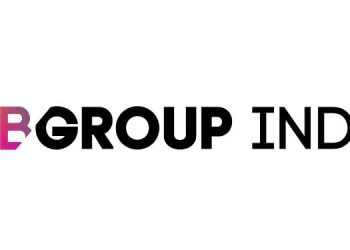Mumbai: The radio advertising sector in India has shown resilience and steady growth, recording a 2% increase in ad volumes from January to September 2024 compared to the same period in 2023. According to the TAM AdEx Advertising Report on Radio, this growth reflects the enduring appeal of radio as a cost-effective and targeted medium for advertisers across various industries.
The Services sector retained its dominant position, contributing 30% of total ad volumes, followed by the Automobile sector at 10%. The Banking/Finance/Investment (BFSI) sector, with its expanding portfolio of financial products, rose to the third position with a 9% share, up from fifth place last year. Properties/Real Estate and Hospitals/Clinics remained the leading categories, while Cars emerged as the fastest-growing category with a 60% increase in ad volumes. Other high-growth categories included Retail Outlets (Jewellers) with 50% growth and Automobile General Insurance, which posted the highest percentage growth of 3.6 times over 2023 levels.
In terms of advertisers, LIC of India continued its dominance as the top advertiser on radio, leveraging the platform’s reach for its nationwide campaigns. New entrants in the top 10 advertiser list, such as GCMMF (Amul), Hyundai Motor India, and Renault India, underscored the growing diversity in advertiser profiles. Among brands, LIC Housing Finance claimed the top position, followed by Vimal Pan Masala, with notable new entrants like Maruti Suzuki Arena and Acko General Auto Insurance making their mark. The report also highlighted the participation of over 11,000 exclusive brands and 5,000 exclusive advertisers, reflecting the medium’s appeal to a wide array of businesses.
Regionally, Gujarat and Maharashtra led the pack, contributing 18% and 16% of total ad volumes, respectively, while Jaipur topped the city rankings with an 8% share. Collectively, the top five states accounted for 62% of total ad volumes, emphasizing the regional strength of radio as a medium.
Ad preferences leaned towards prime-time slots, with the Evening band (5 PM – 10 PM) accounting for 38% of ad volumes, followed by the Morning band (6 AM – 11 AM) at 31%. Together, these two time slots contributed 69% of total ad volumes, indicating their effectiveness in reaching target audiences. Ad durations between 20-40 seconds dominated, comprising 68% of total ad volumes, while shorter ads (<20 seconds) held a significant 27% share.
The report also noted a shift in advertiser demographics, with the rise of education-focused categories such as schools and coaching centers in the top 10 list. The BFSI sector’s rise further underscores the growing emphasis on financial services. With its unique ability to cater to hyper-local markets and offer cost-effective advertising solutions, radio continues to attract both traditional and emerging advertisers.
The insights from the TAM AdEx report highlight radio’s adaptability and enduring relevance in the dynamic advertising landscape. As categories diversify and new players join the fray, the radio industry is poised for sustained growth in the coming years.

















